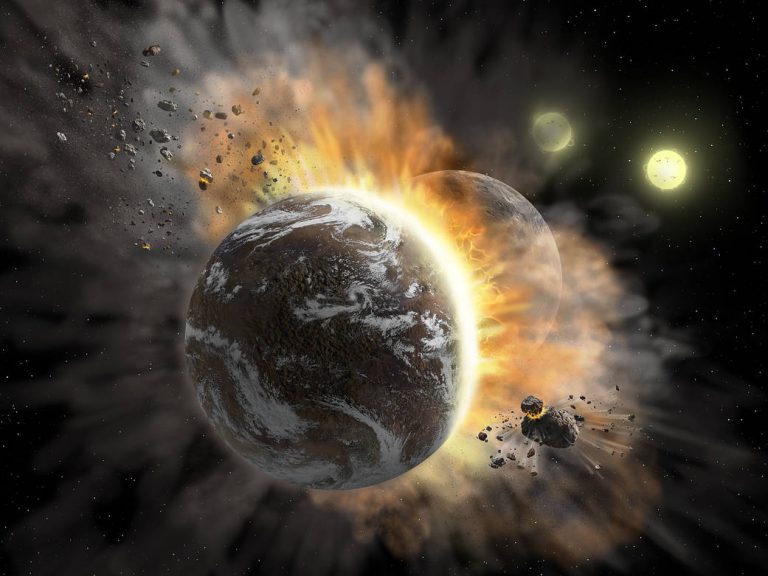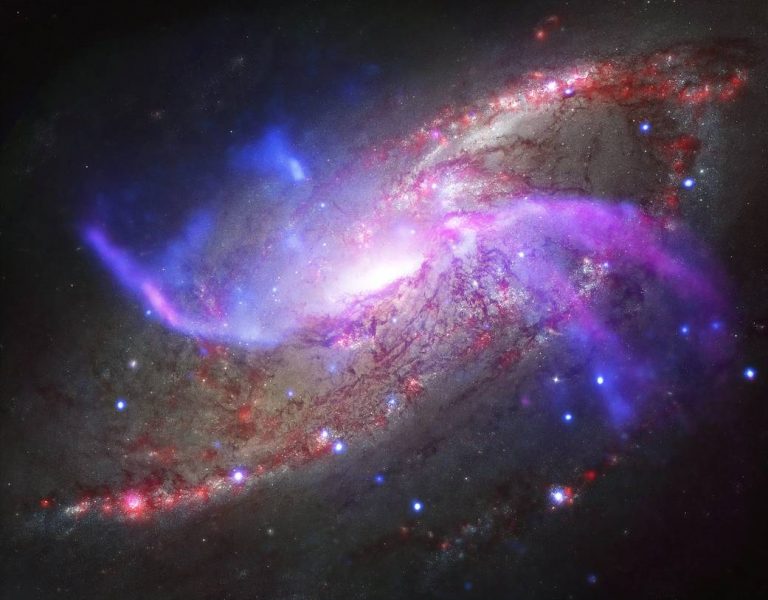当行星碰撞时会发生什么
This artist’s concept illustrates a catastrophic collision between two rocky exoplanets in the planetary system BD +20 307, turning both into dusty debris. Ten years ago, scientists speculated that the warm dust in this system was a result of a planet-to-planet collision. Now, NASA’s SOFIA mission found even more warm dust, further supporting that two rocky exoplanets collided. This helps build a more complete picture of our own solar system’s history. Such a collision could be similar to the type of catastrophic event that ultimately created our Moon. Image Credit: NASA/SOFIA/Lynette Cook 这幅艺术概念图描绘了BD +20 307行星系统中两颗岩质系外行星的灾难性碰撞,它们都变成了尘埃碎片。十年前,科学家们推测这个系统中的温暖尘埃是行星对行星碰撞的结果。现在,NASA的SOFIA任务发现了更多温暖的尘埃,进一步证明了两颗岩质系外行星相撞。这有助于我们更全面地了解太阳系的历史。这种碰撞可能类似于最终造成月球的灾难性事件。 来源:NASA/SOFIA/Lynette Cook










